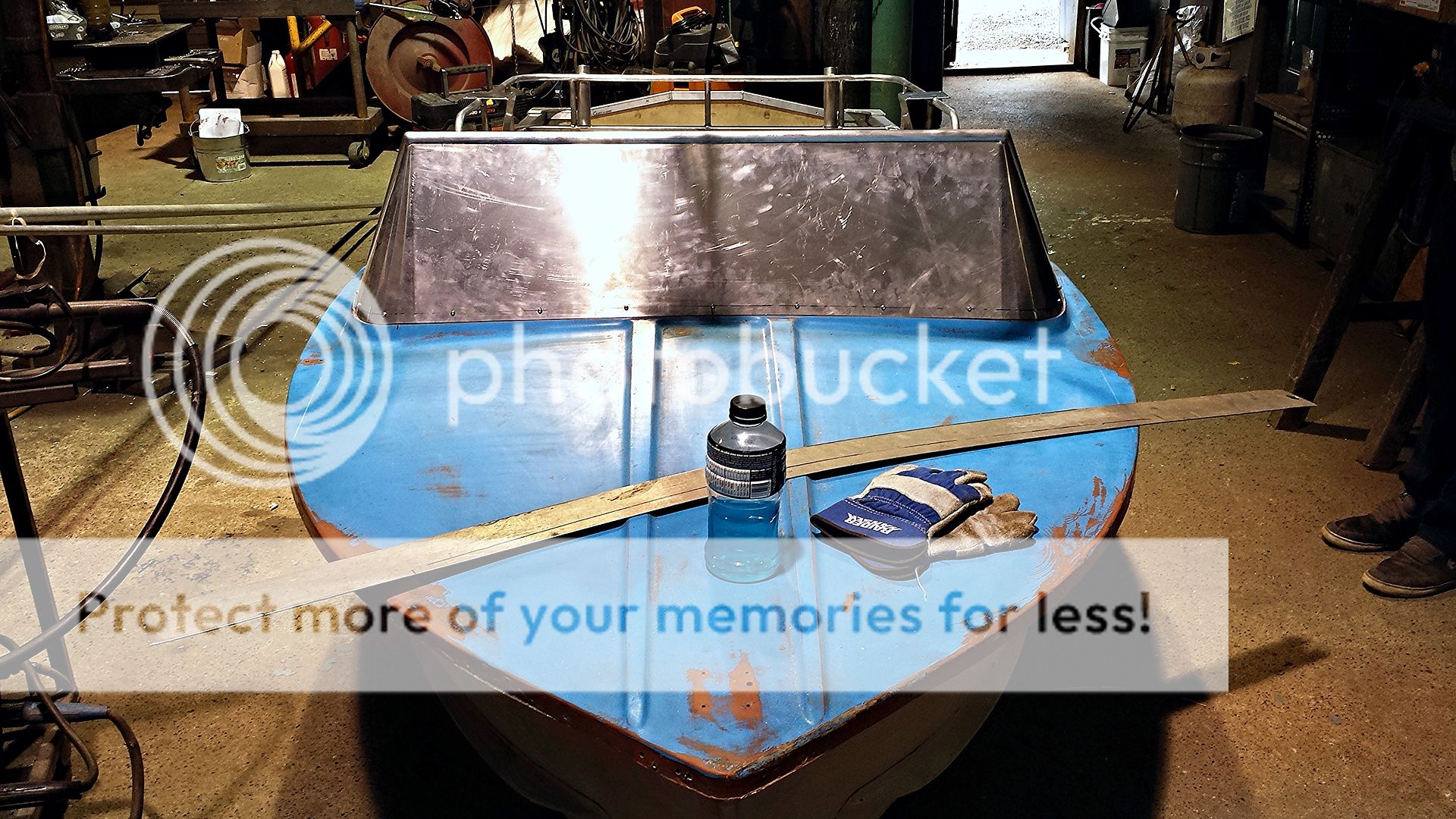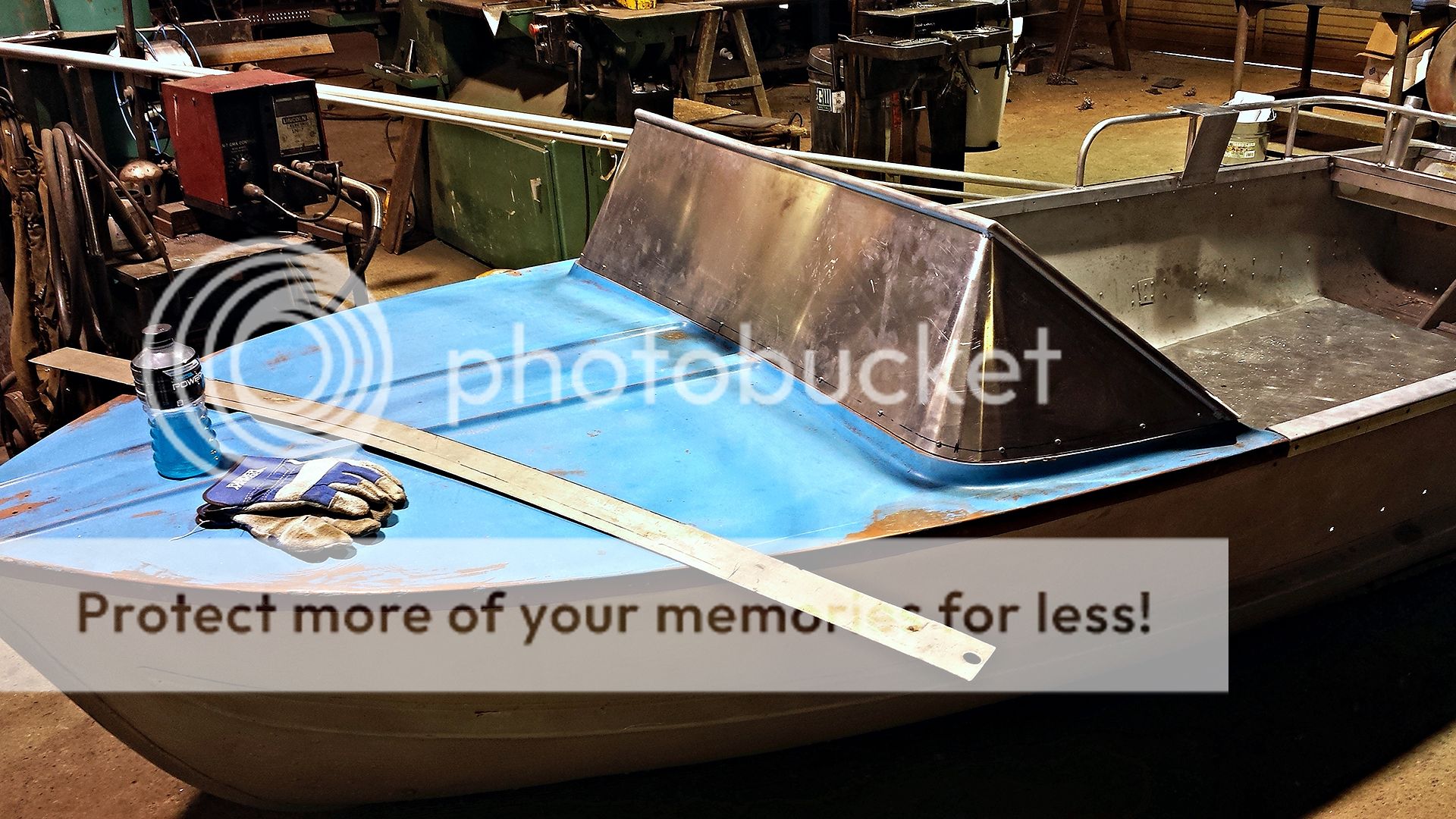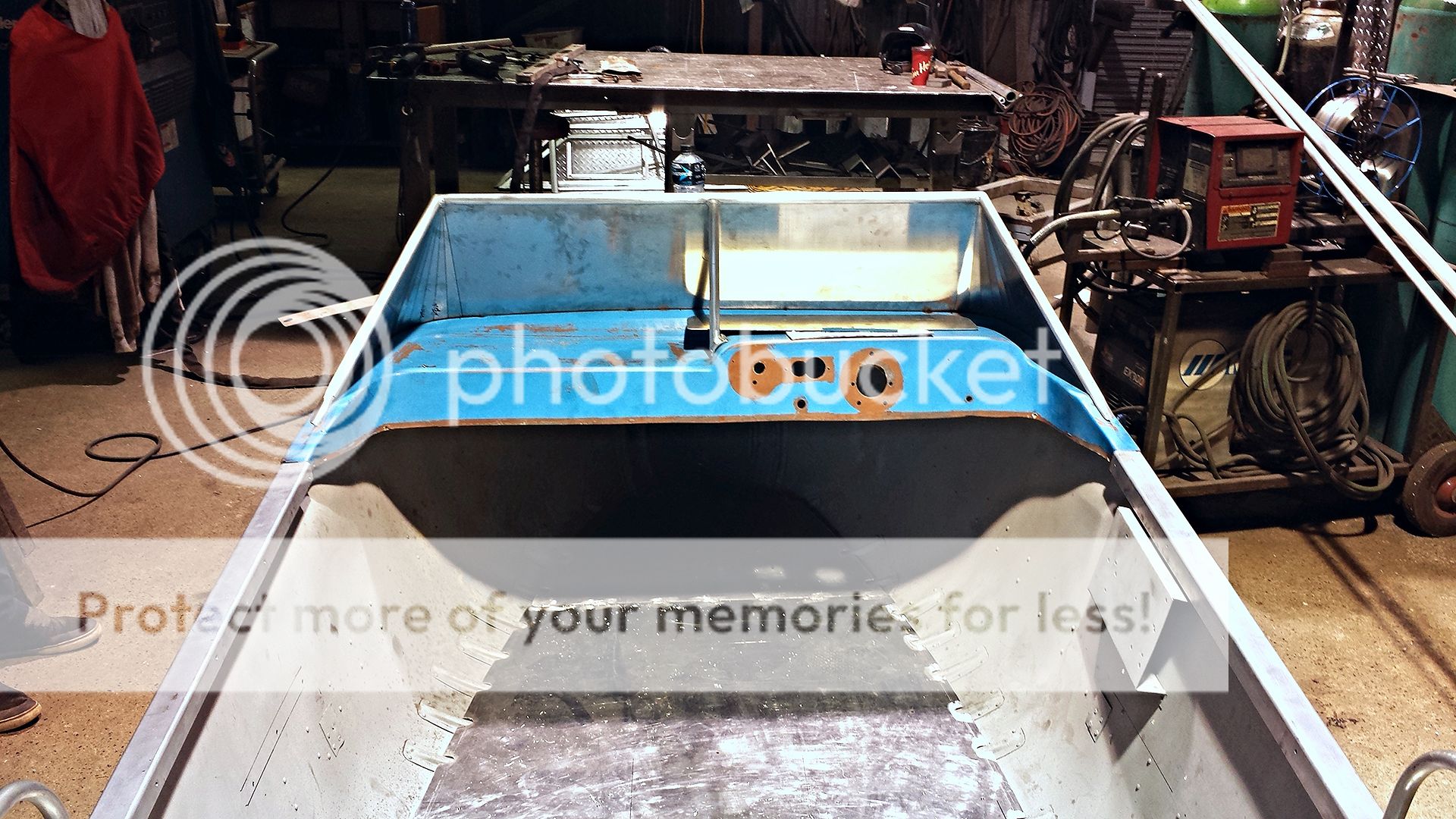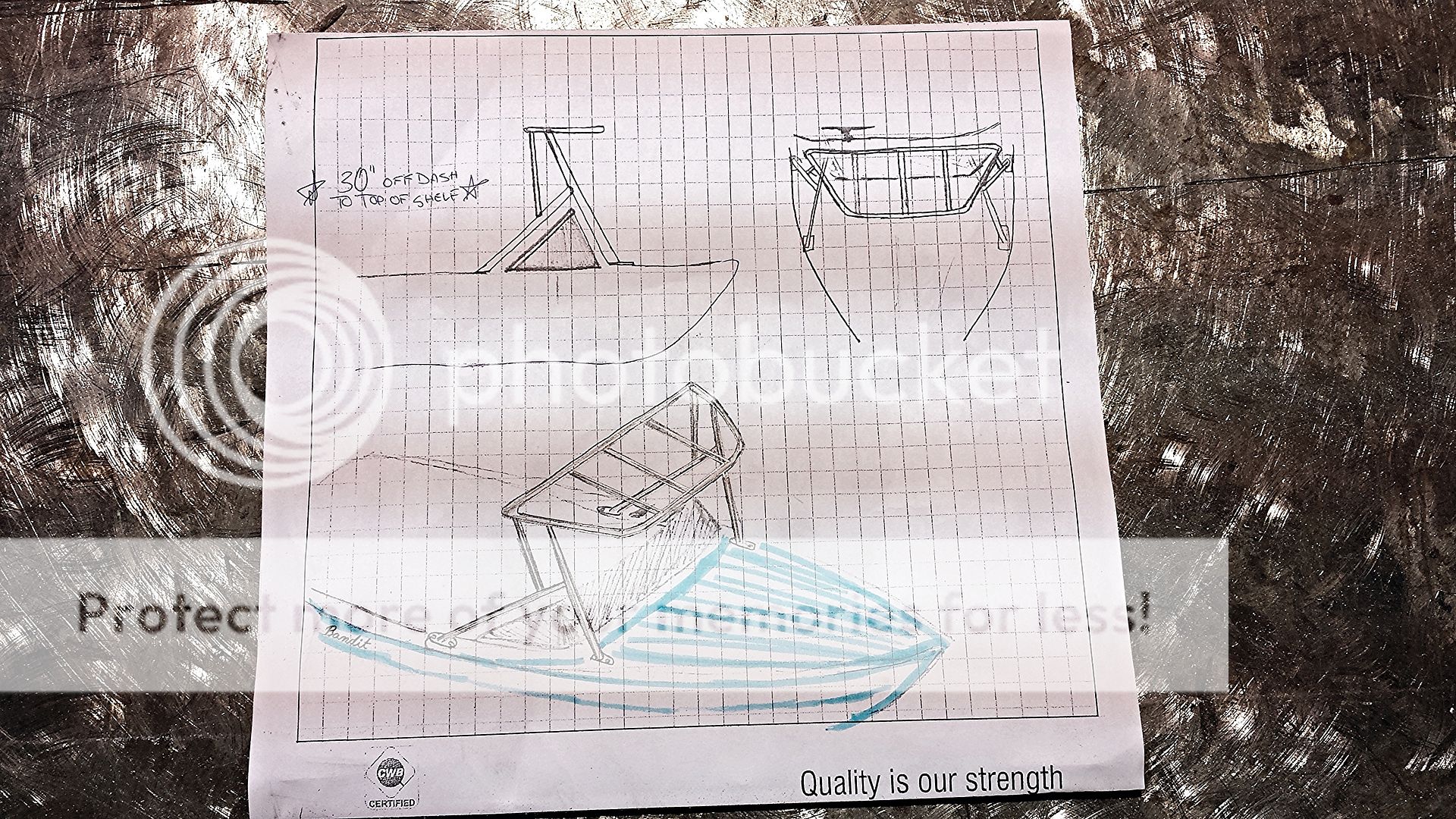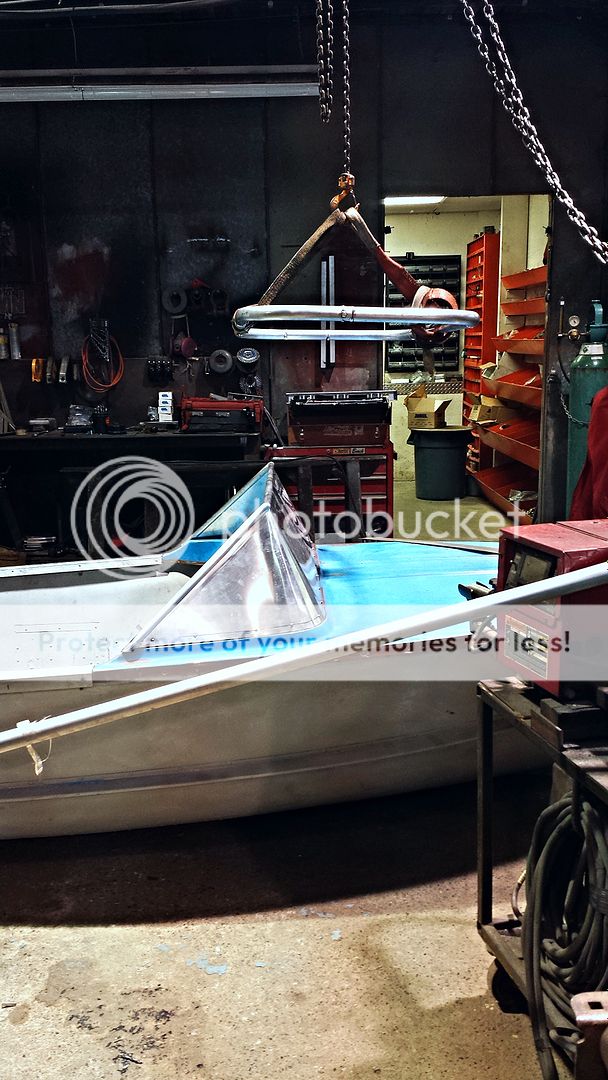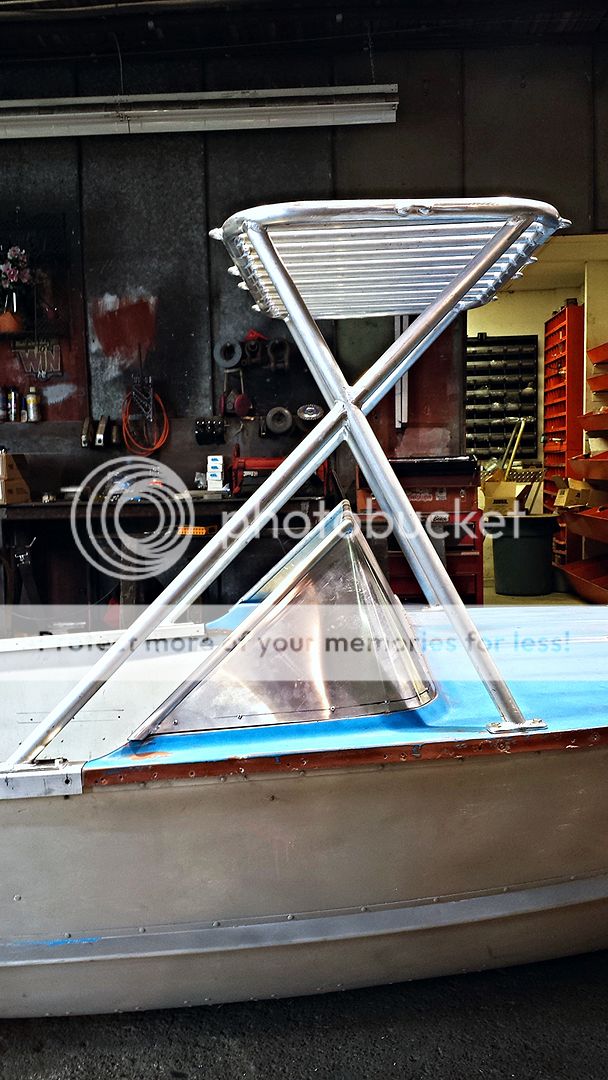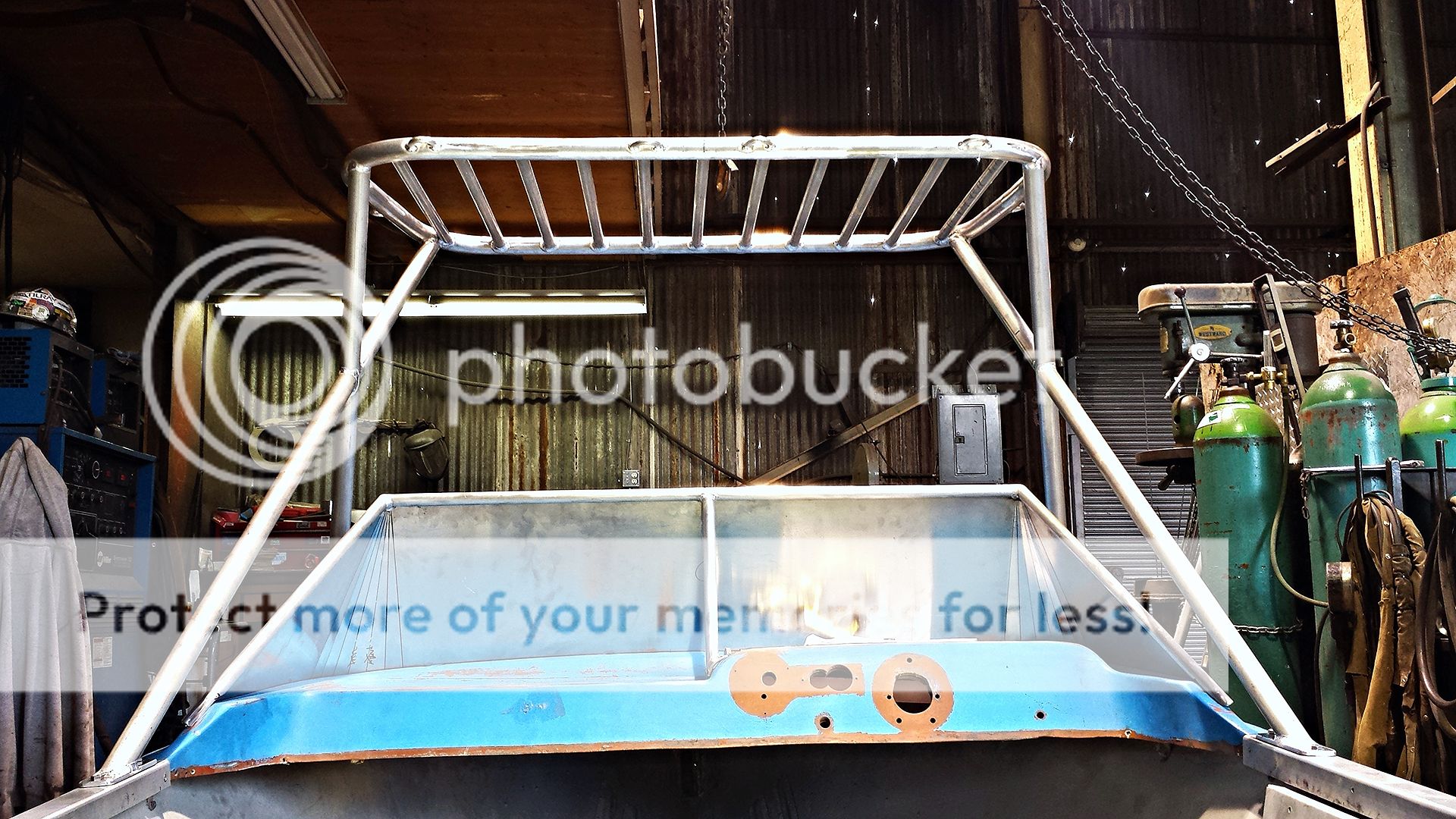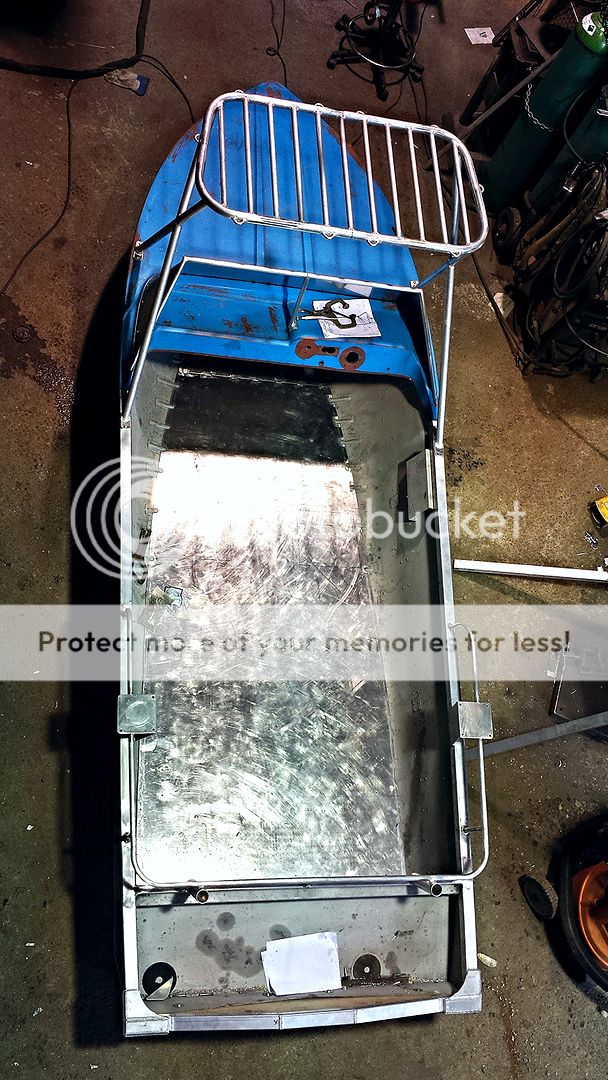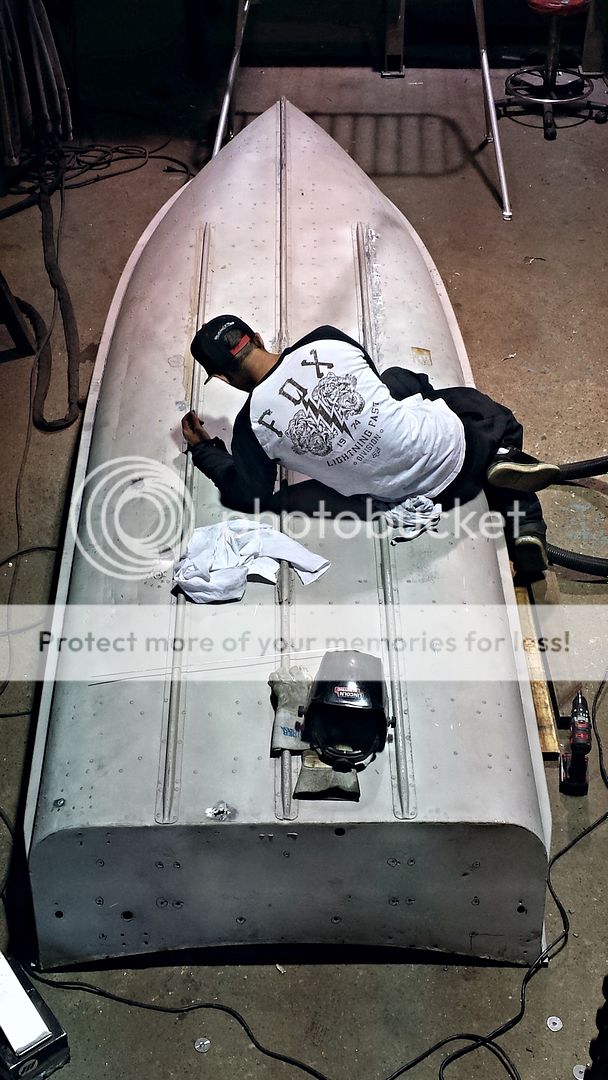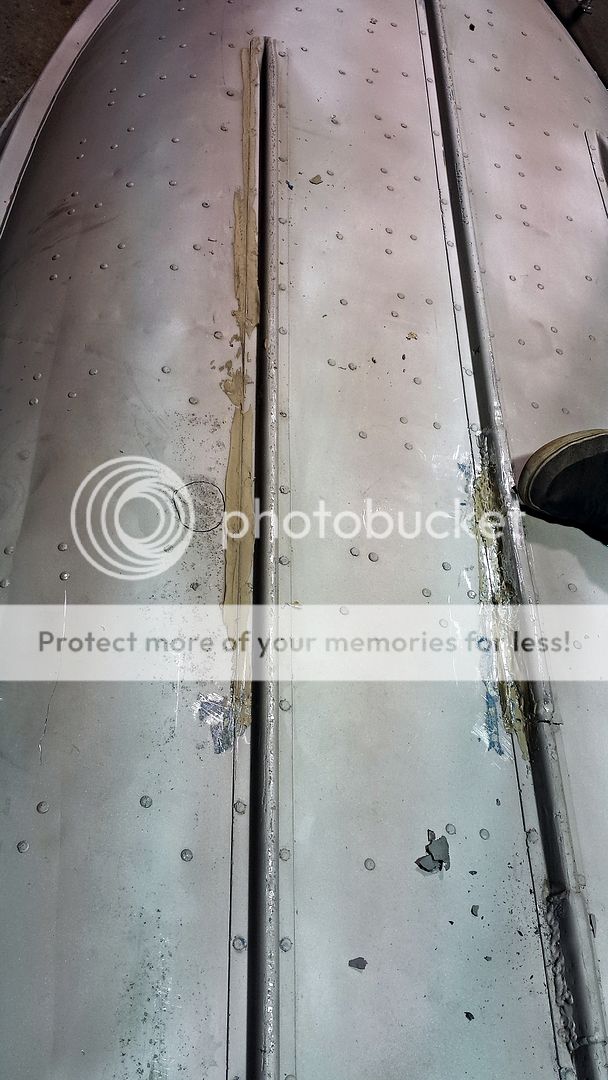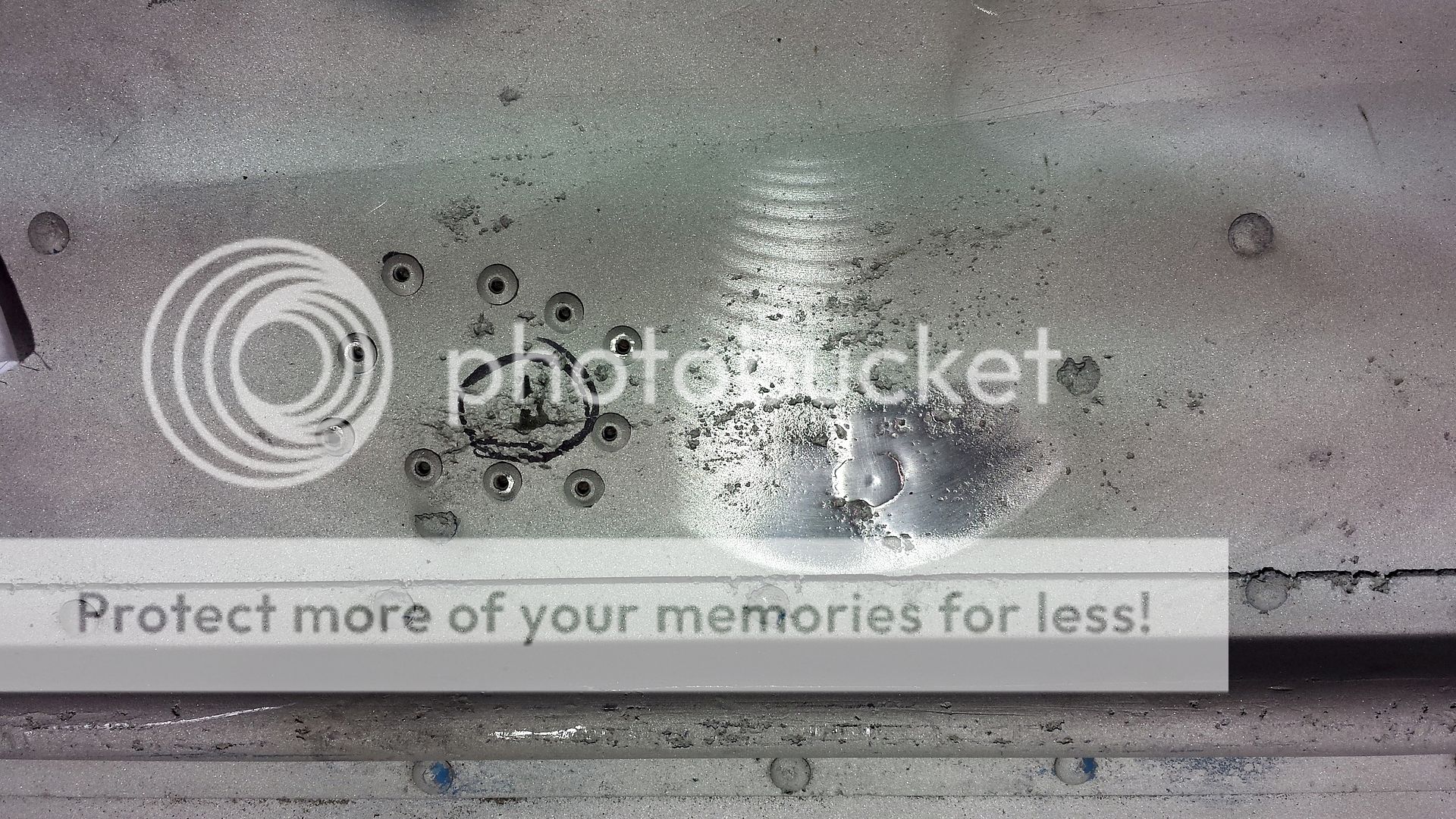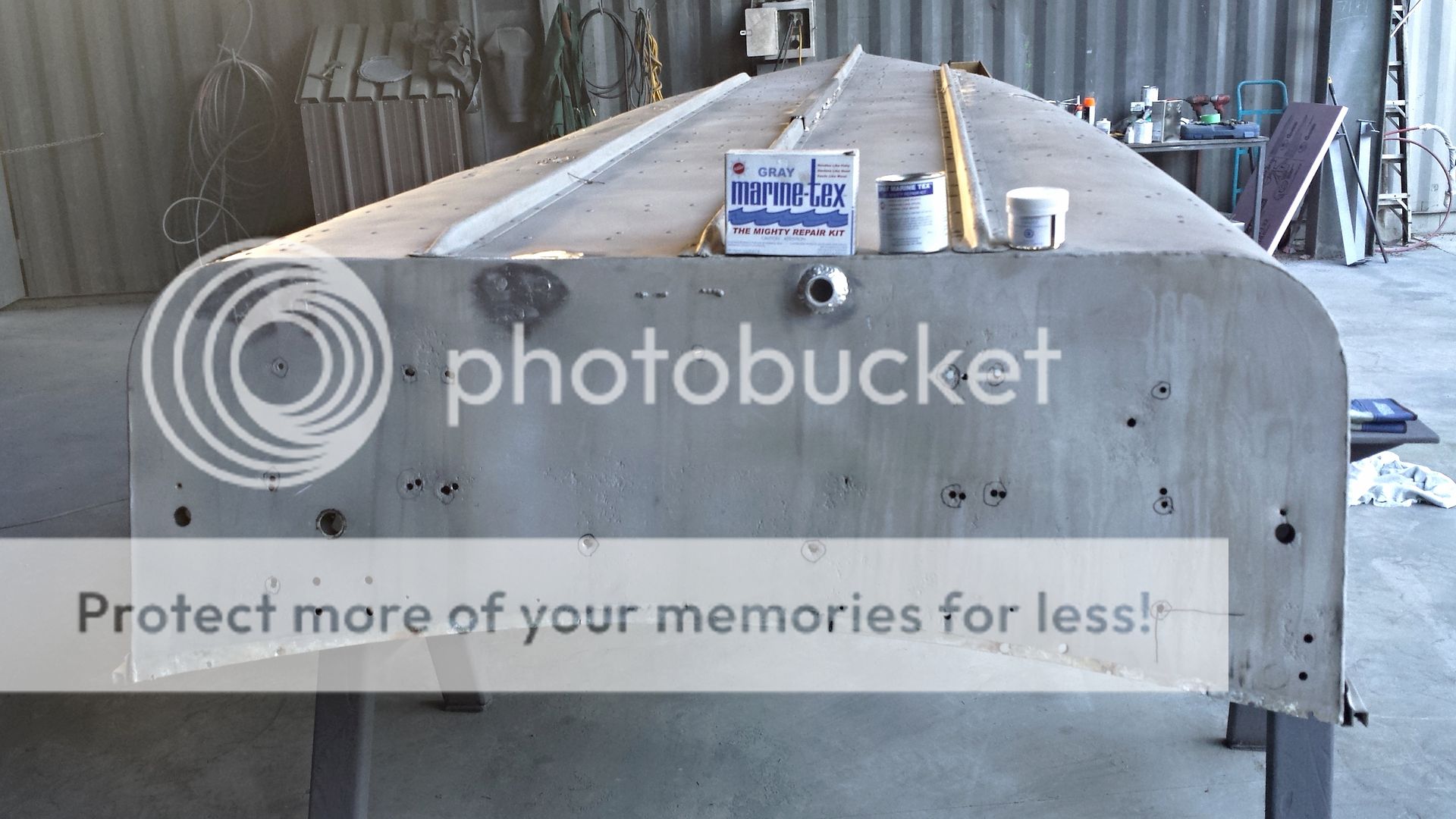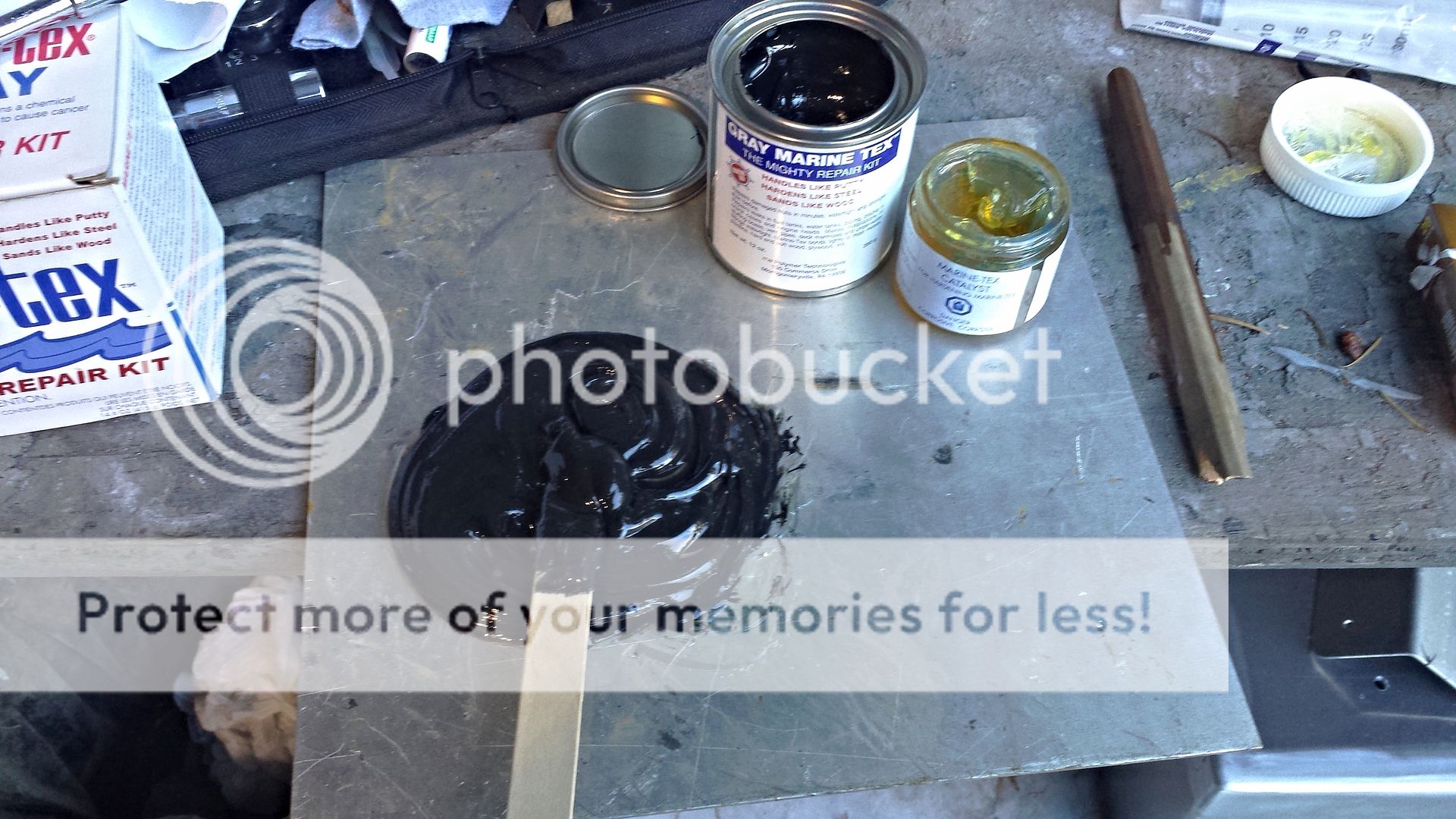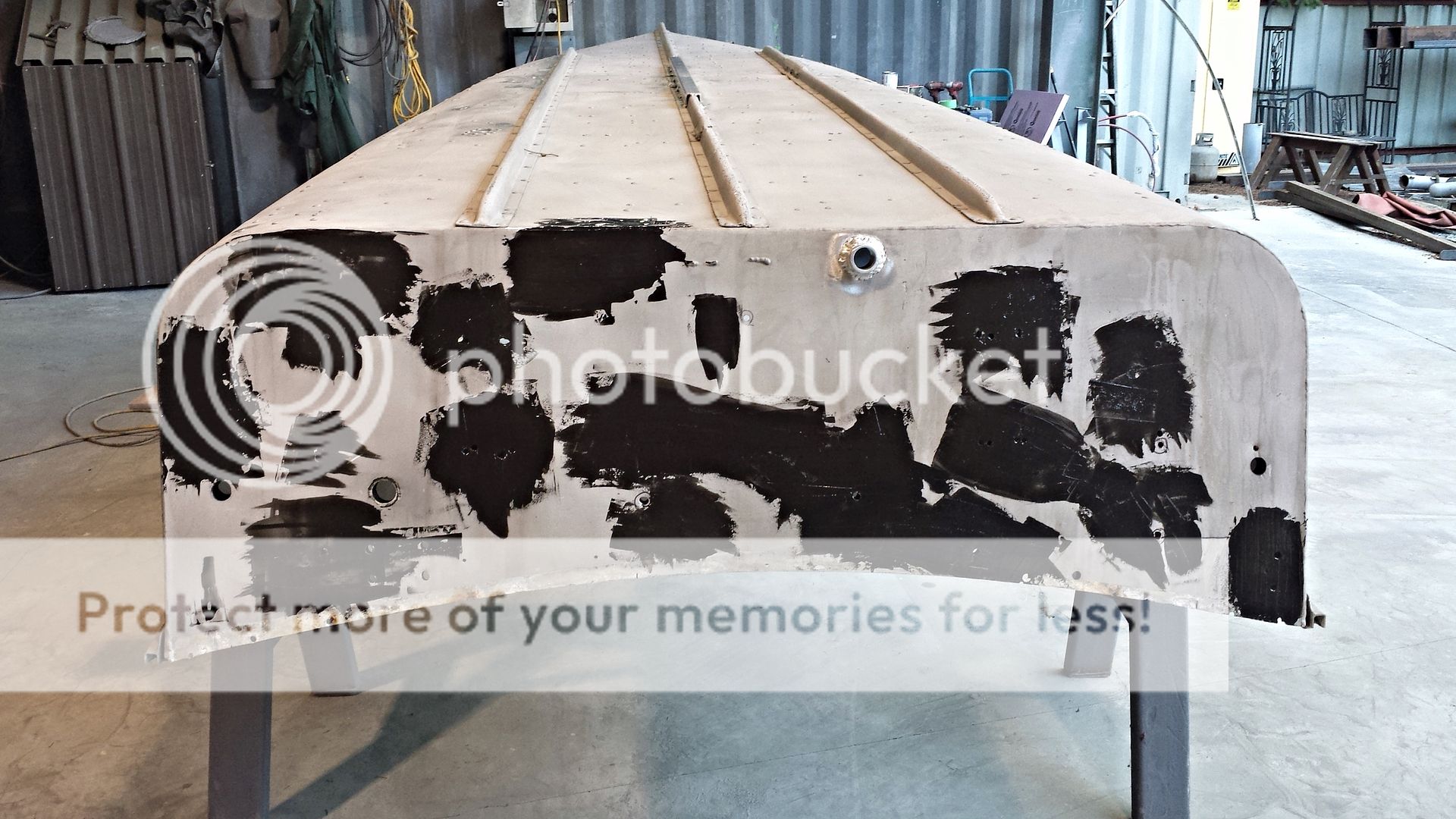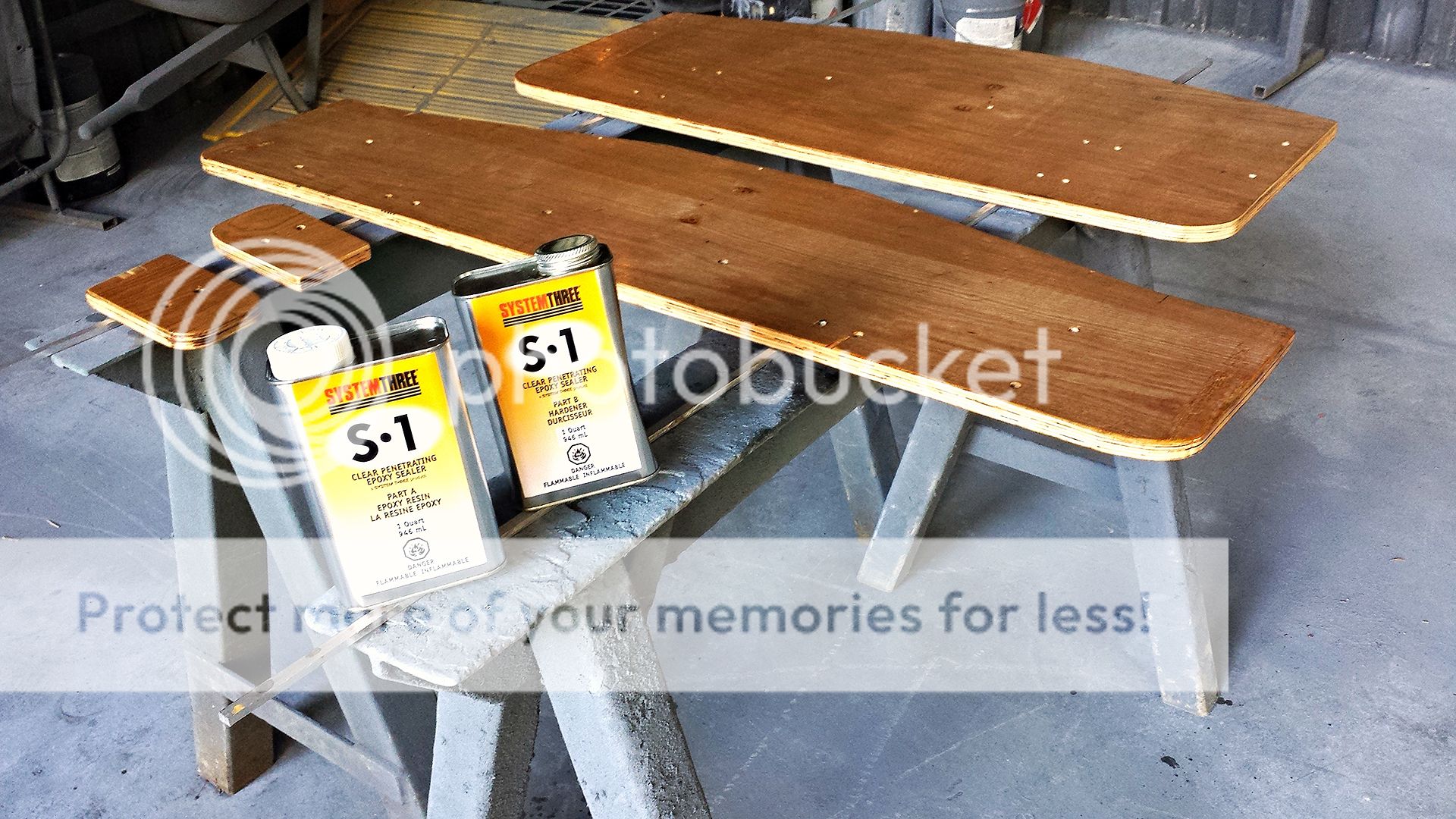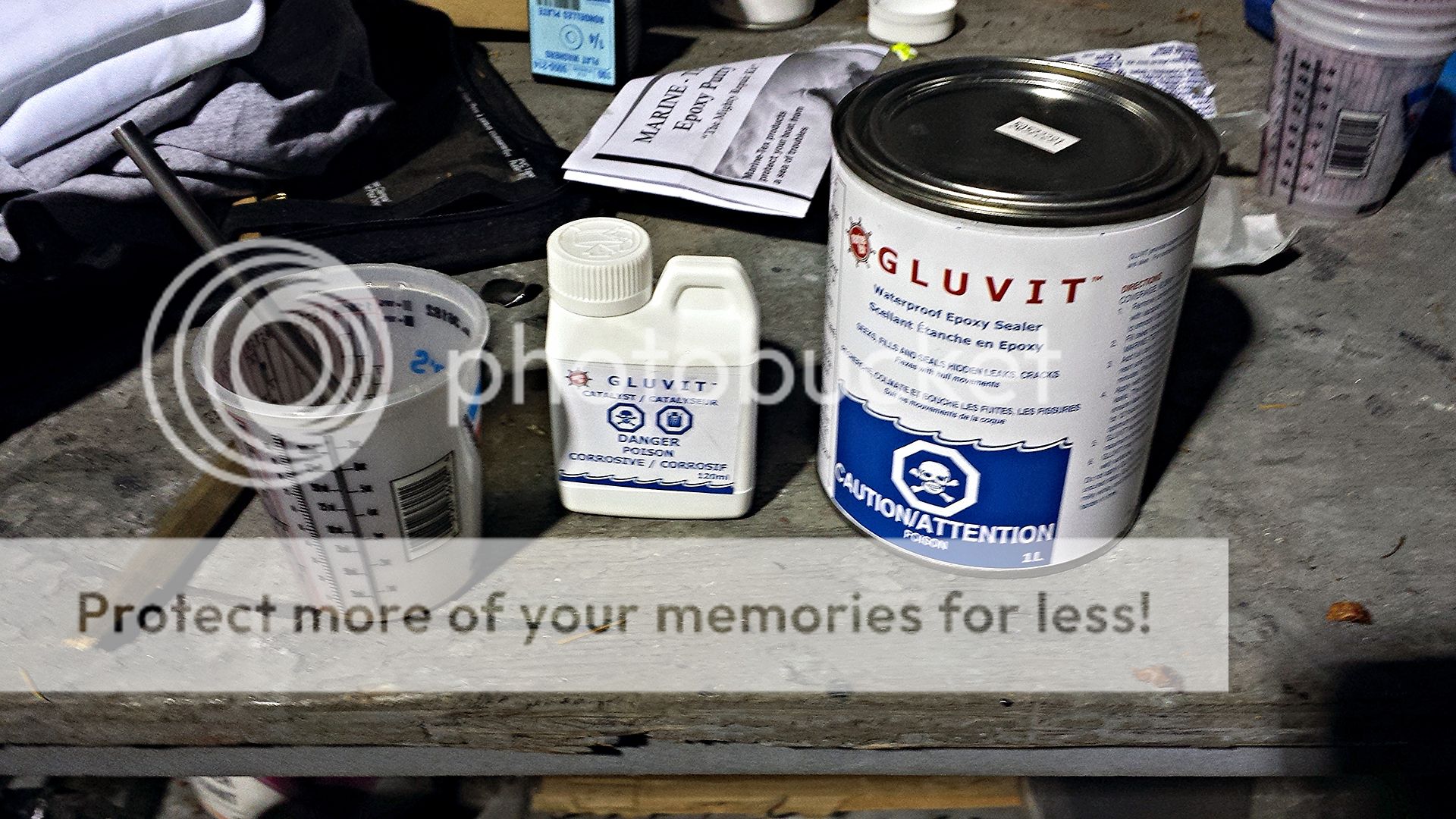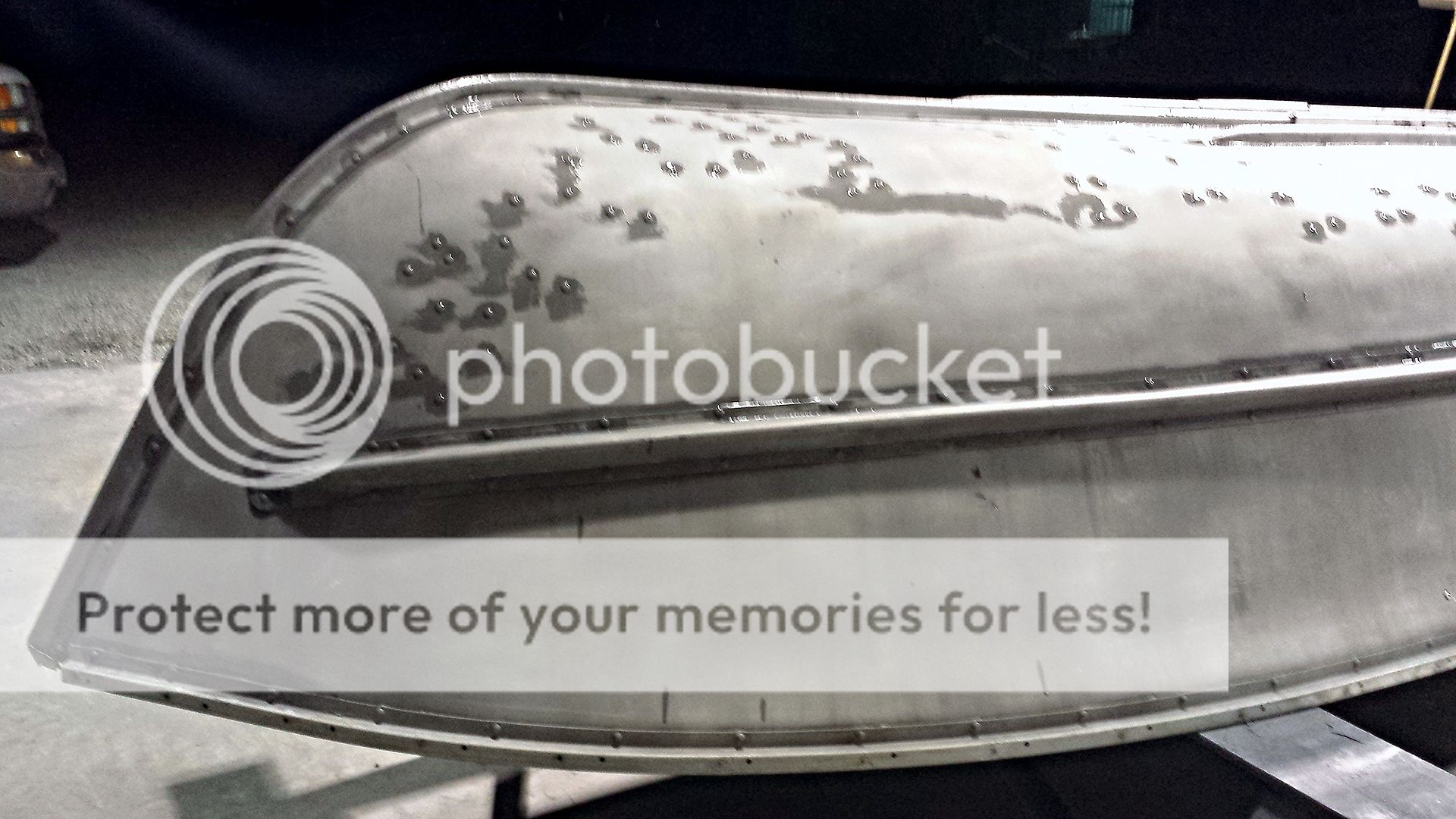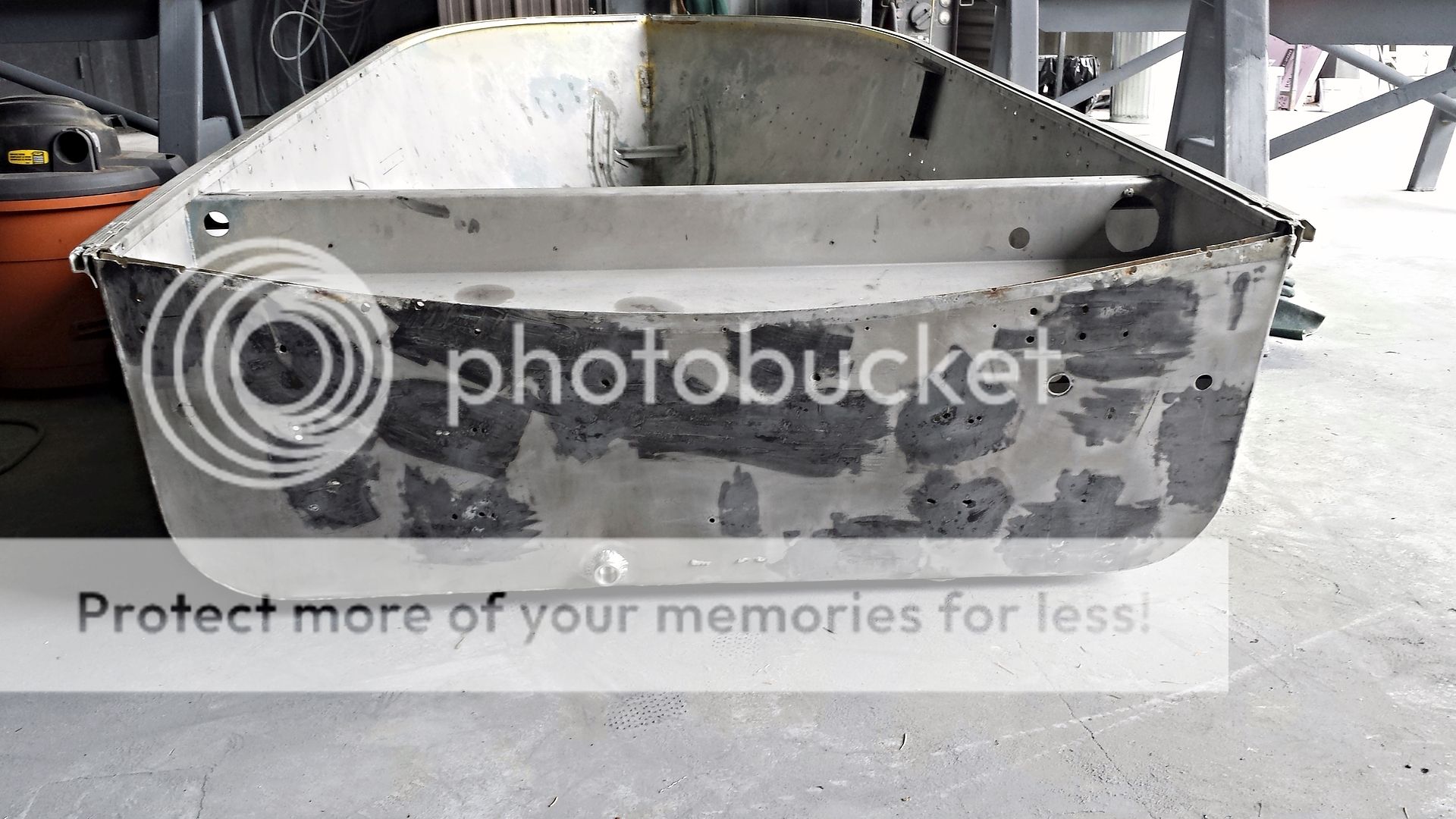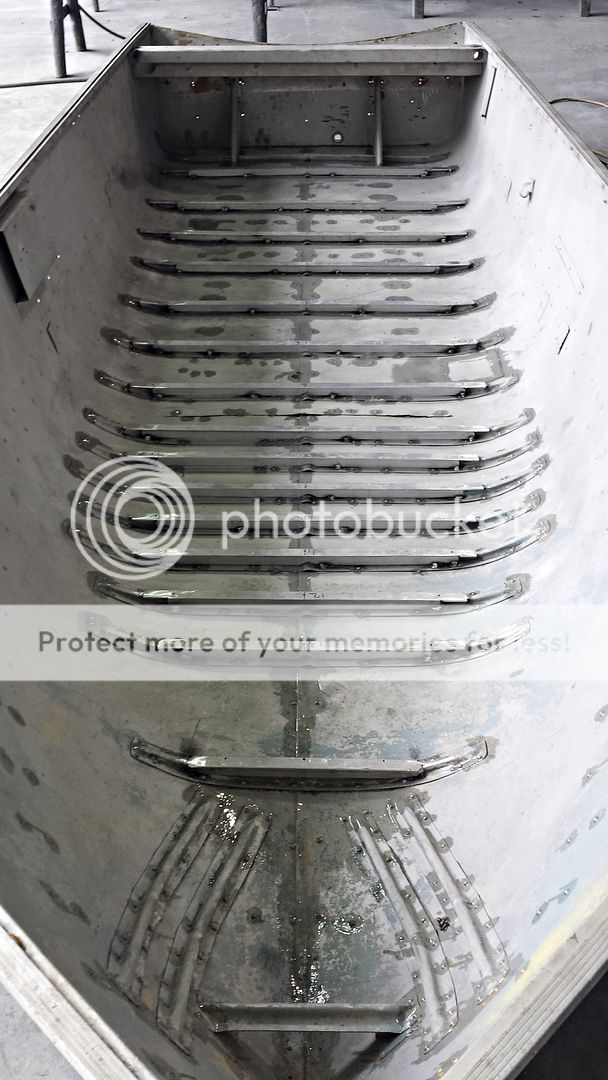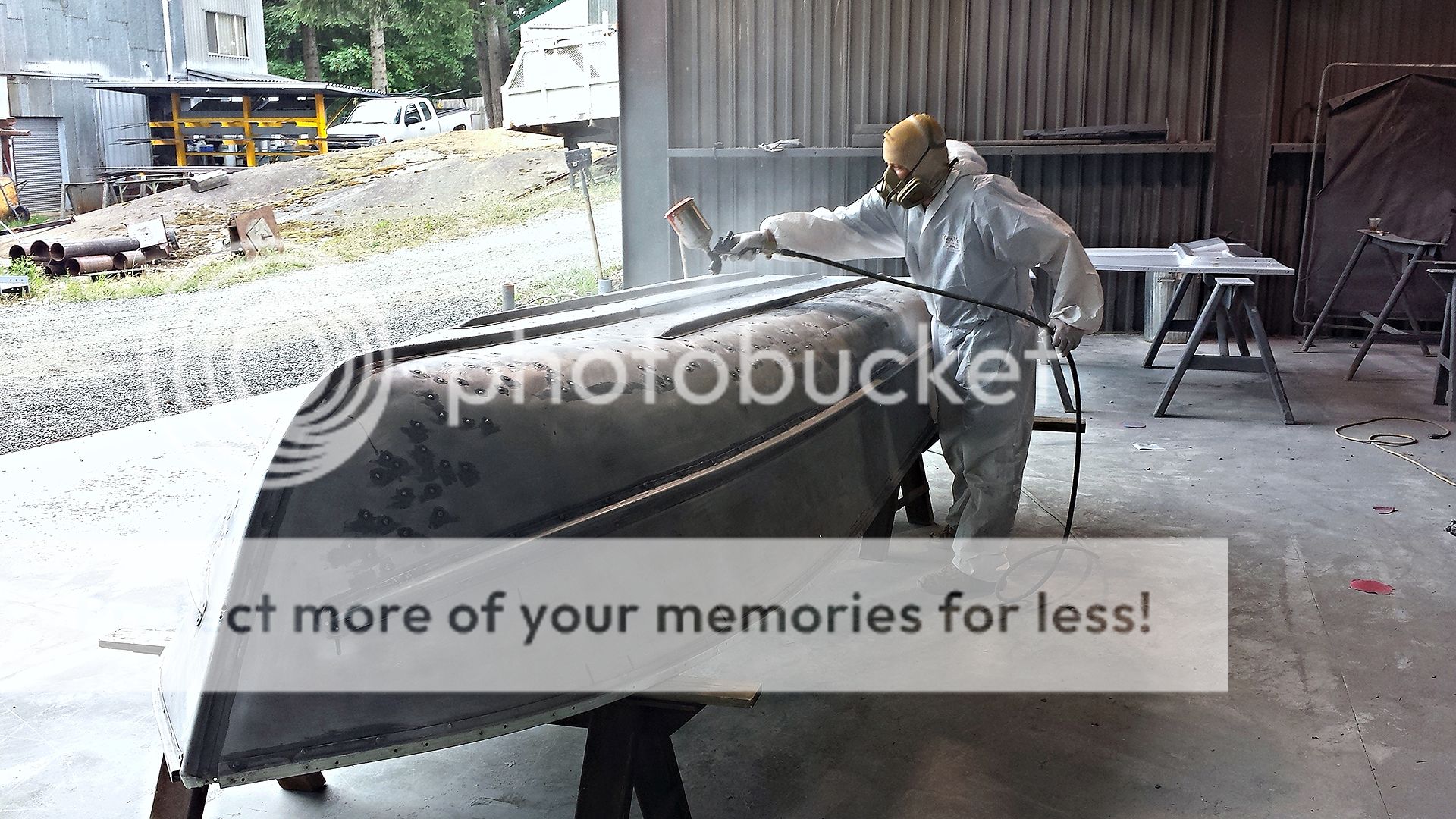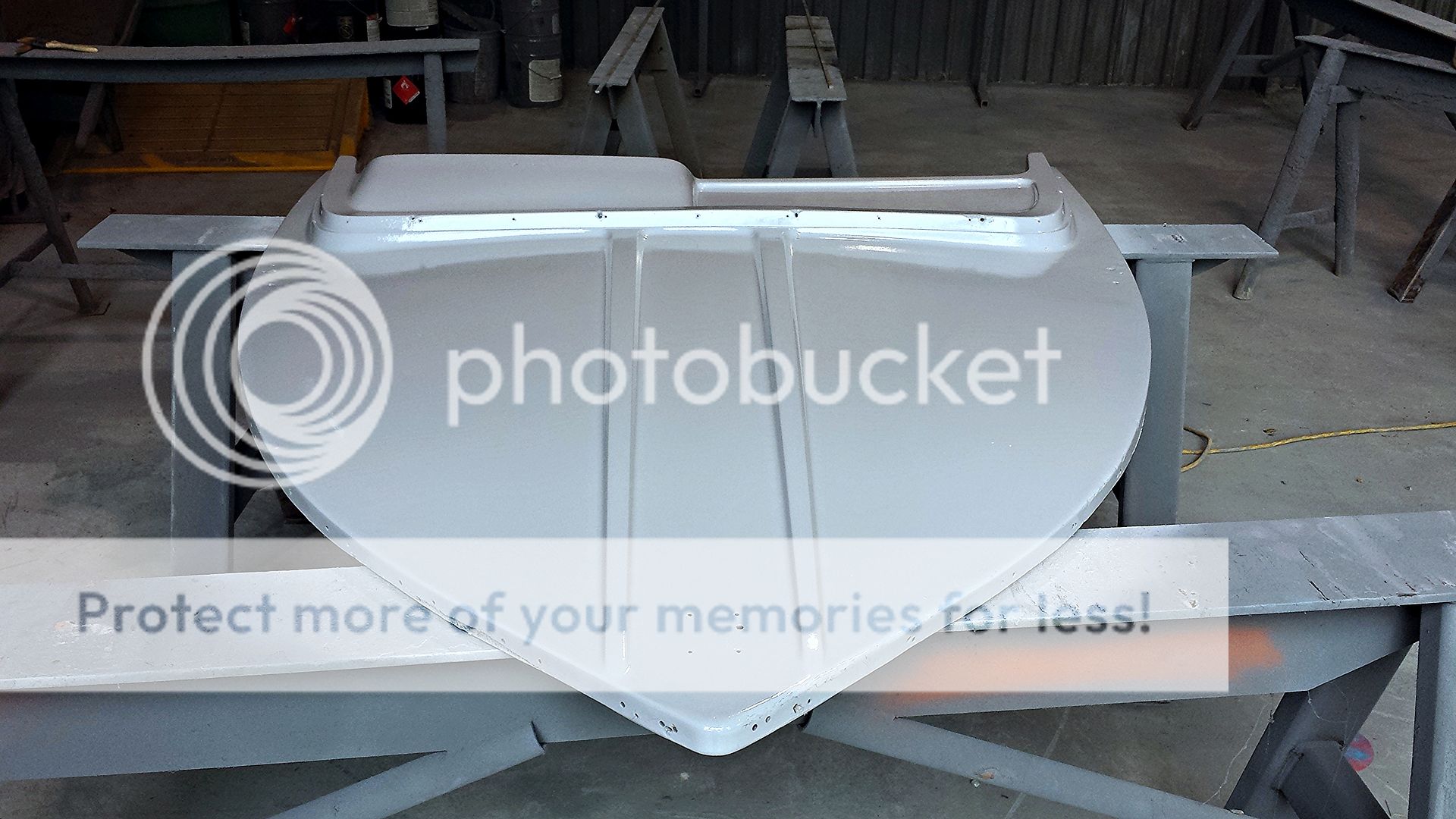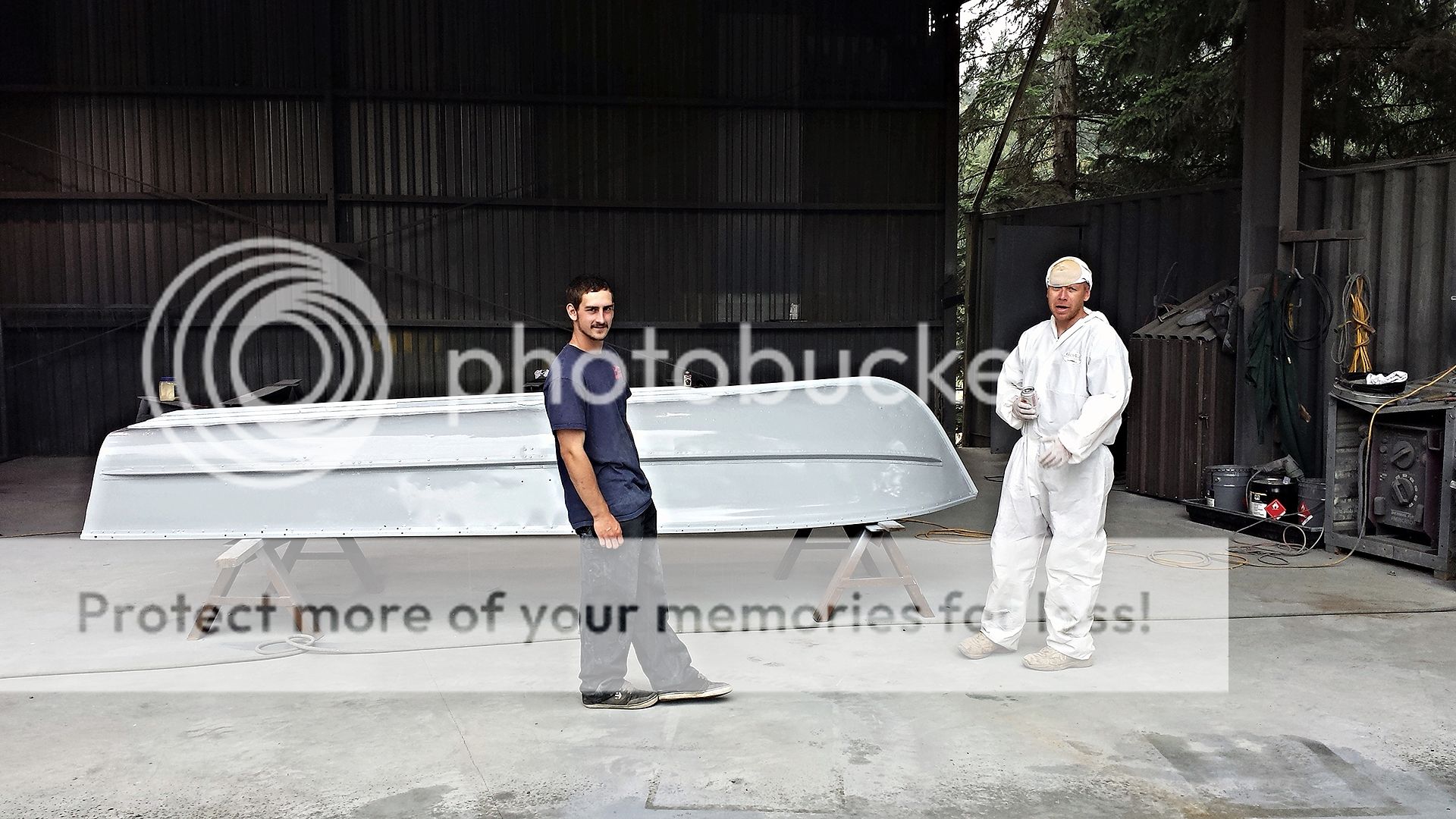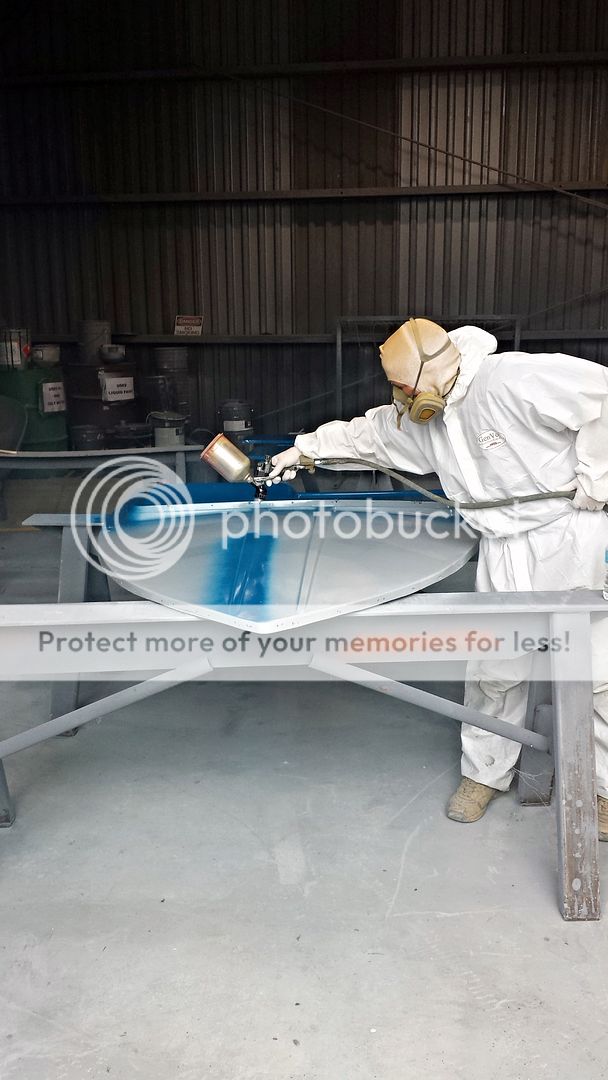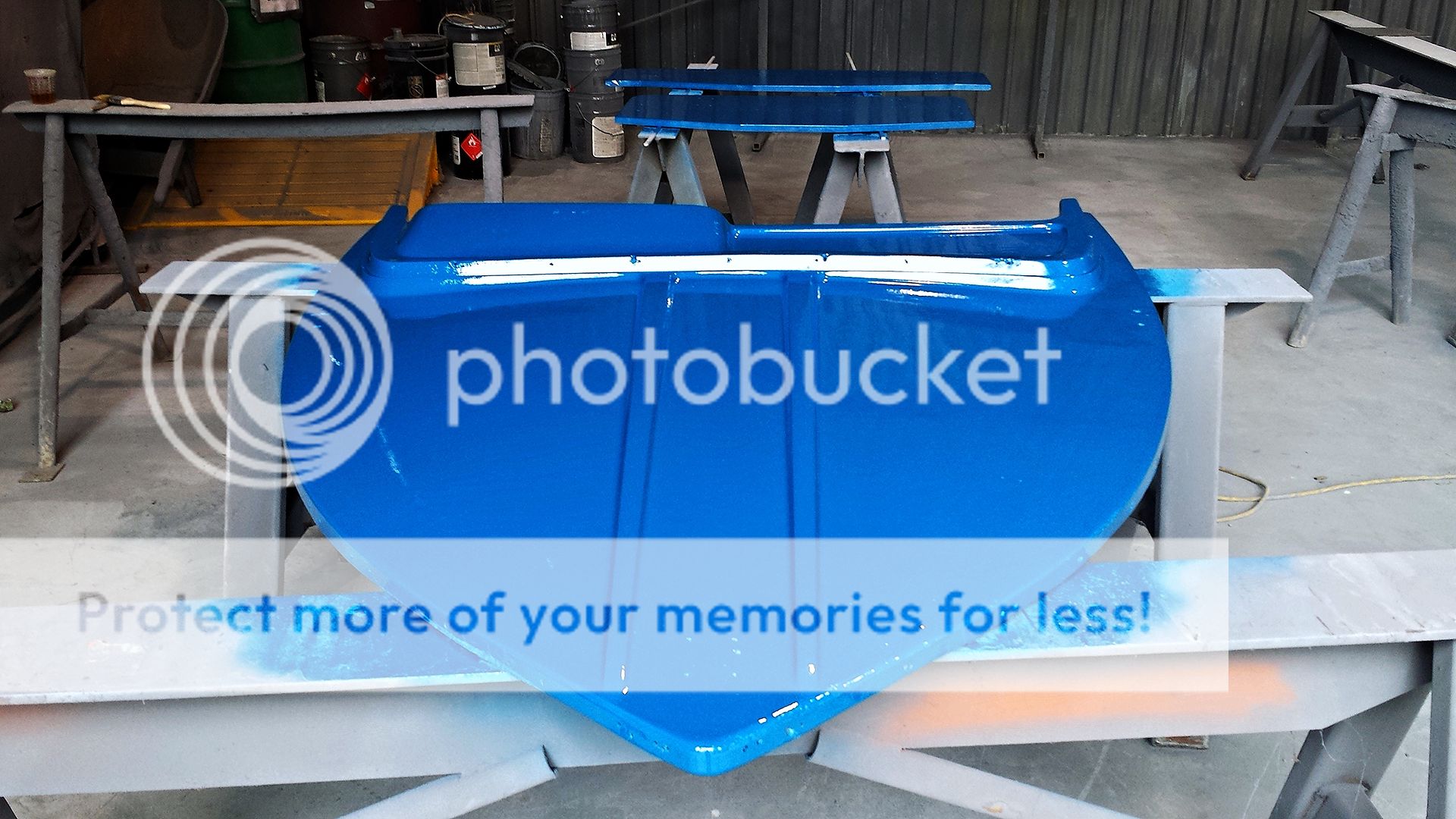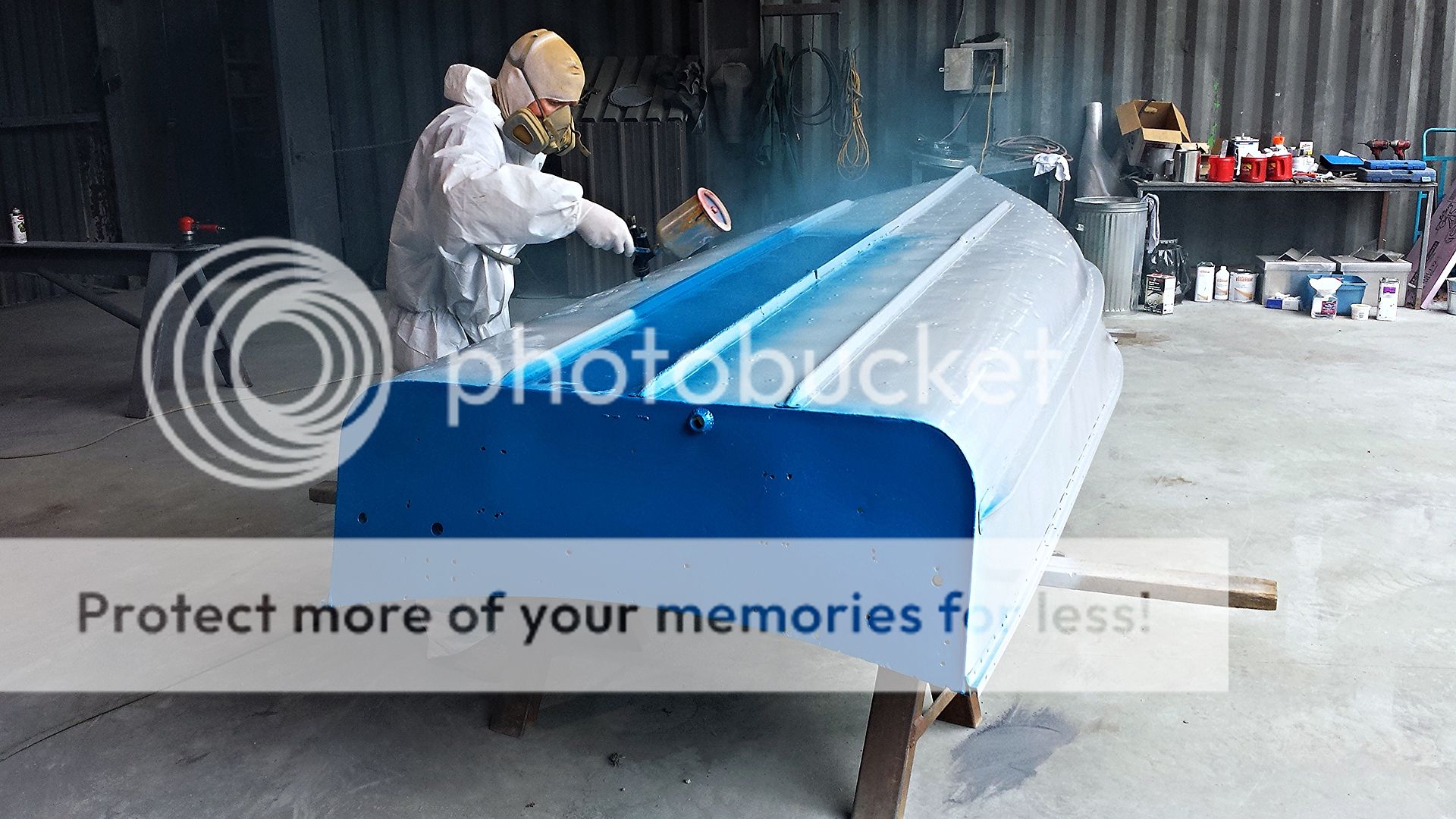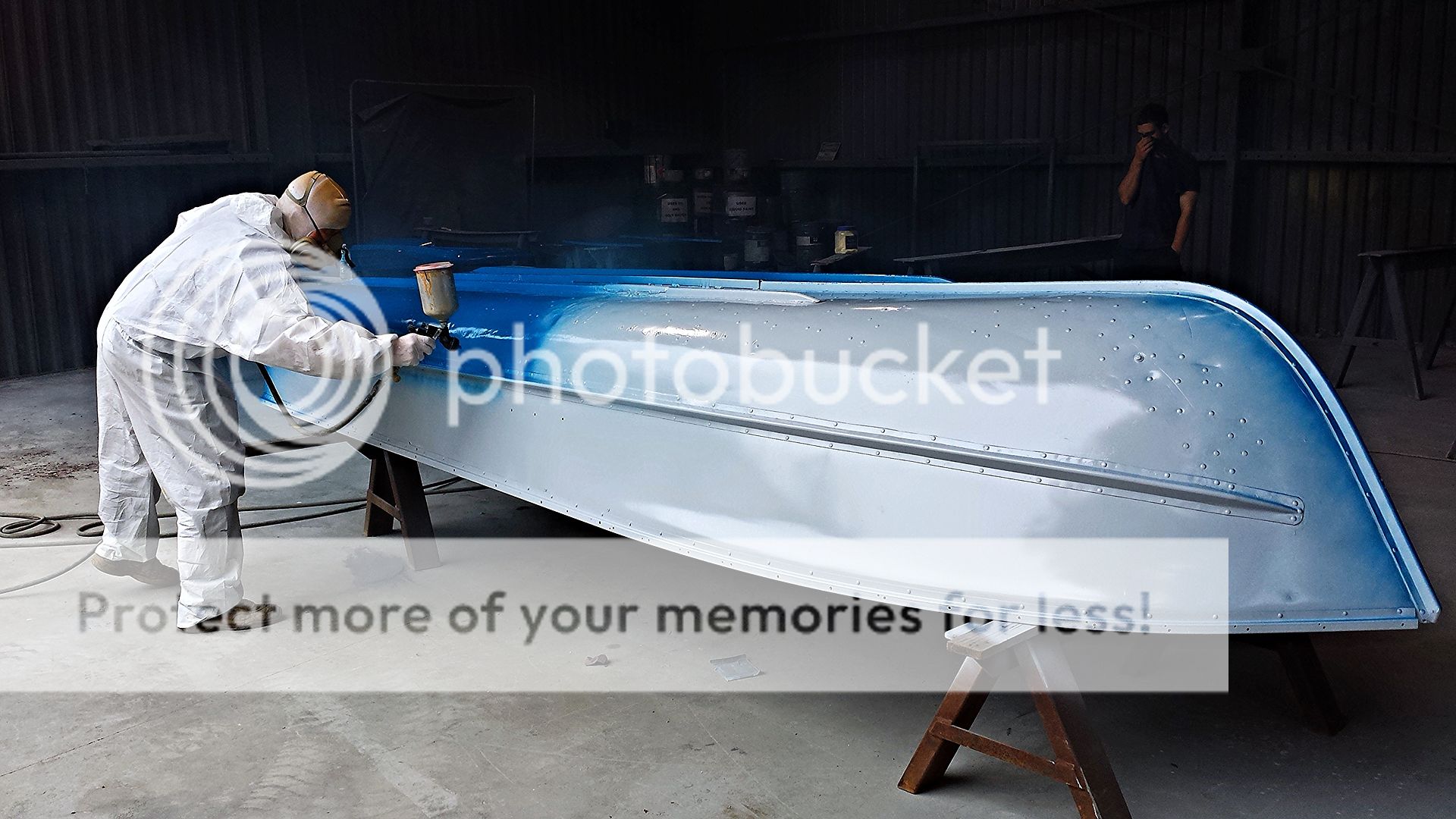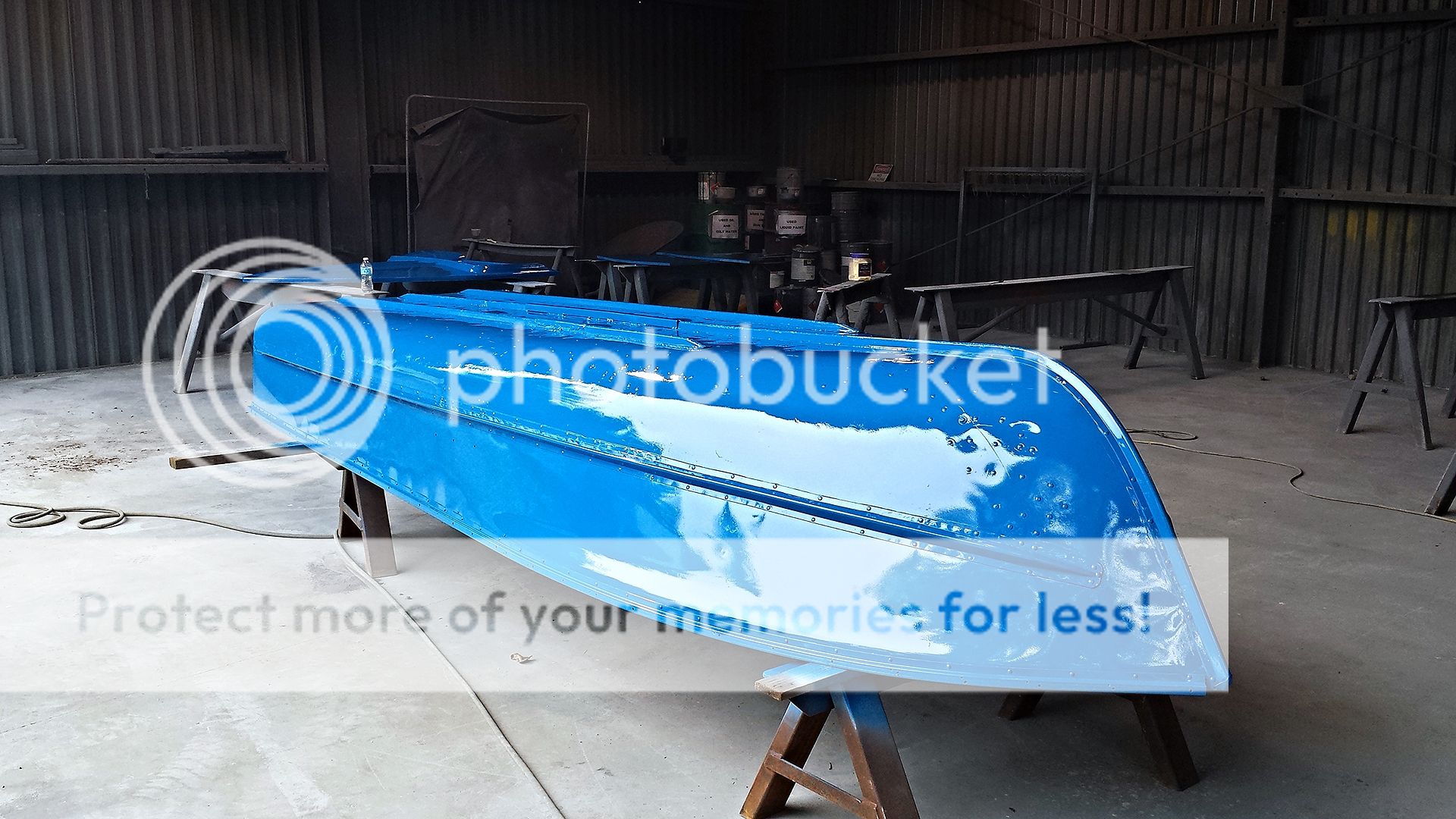Sculpin
Well-Known Member
Hey Sculpin, forgive my ignorance.. Is the reason for the seam at the bottom of the windscreen because it makes it easier to scribe a thin section to the shape of the boat and then attach the level bottom of the windscreen to the scribed piece?
The new arch design looks cool.
No worries. There is no seam on the bottom. You are probably looking at the sharpy pen marks. The screen is one piece and is mounted to the same "ledge" that the original windshield was mounted to. Pretty much everything except the floor was made out of off cuts or scrap we have laying around. Hoping to have some pictures of the arch all finished up today then we are ready to rip it all apart and touch up the keel and any holes that need welding. If you put a piece of brass behind the hole you can actually get a pretty good TIG plug weld on the holes. The brass acts as a heat sink and helps keep the edges from blowing out on the thin aluminum. The aluminum won't stick to the brass either.


